Analog Surfaces Embrace Digital Realities at Zepster Gallery
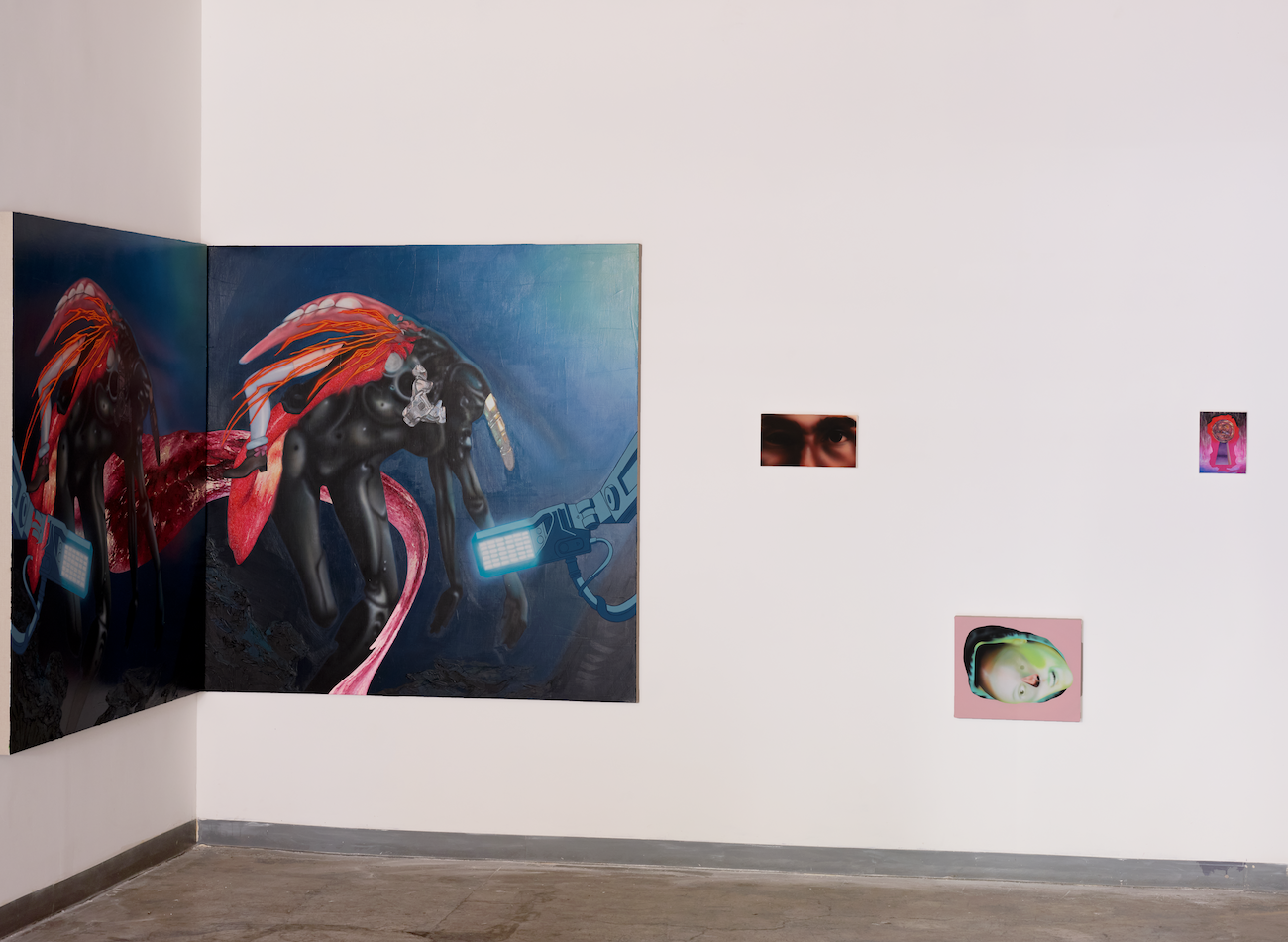
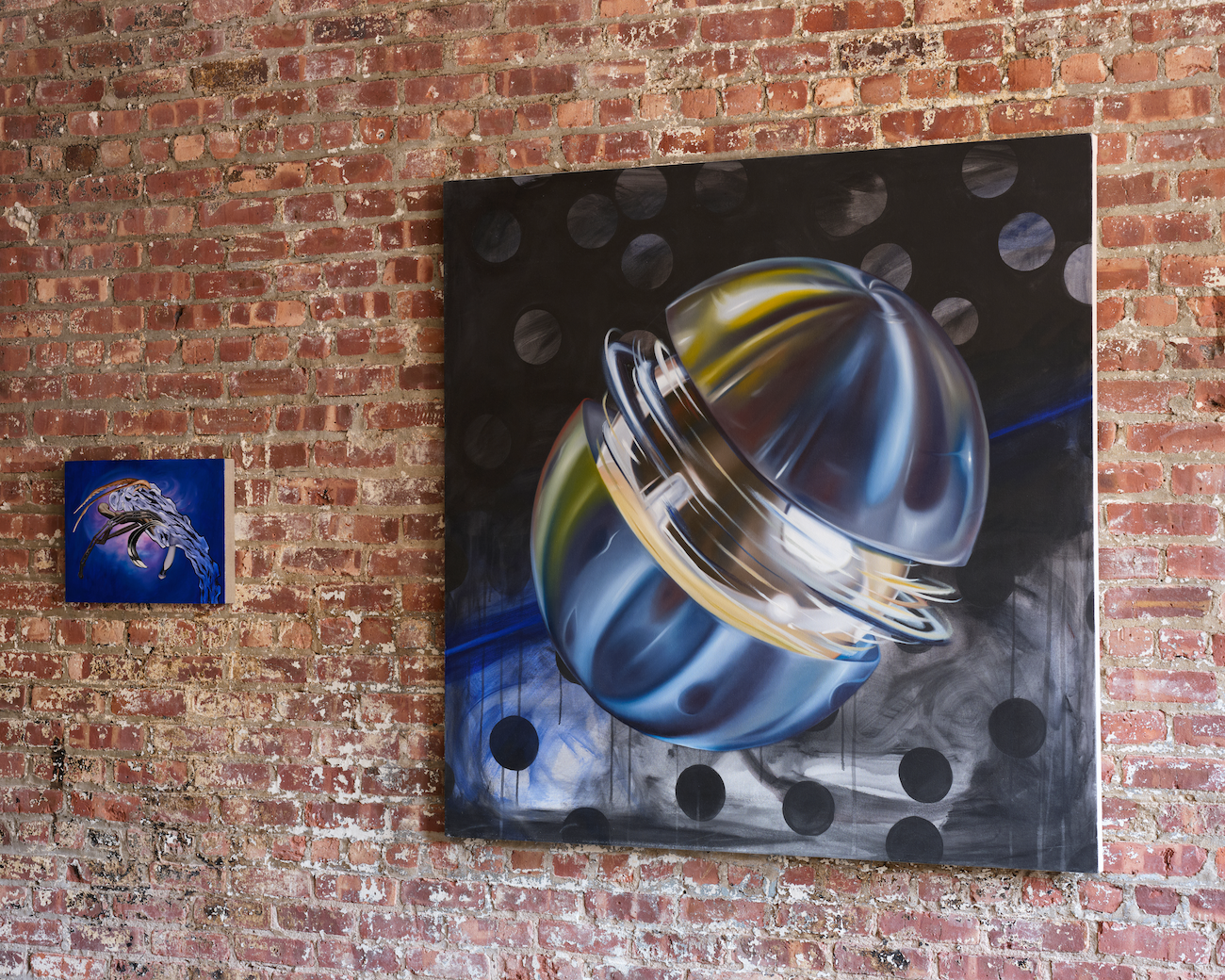
Science fiction and fantasy narratives across countless films and television series once imagined artificial intelligence and virtual reality as bold leaps beyond our everyday reality, positing the futuristic potential of this technology as tenuously dystopic and utopic in the form, for example, of evil AI agents in The Matrix or emotive droid comrades. With the rise in generative artificial intelligence over the past few years, this once seemingly impossible technology has surpassed the television and cinema screens that told these otherworldly tales. Computer and phone screens now serve as the primary point of media engagement with our everyday world and digital dark matter as the indisputable shaping force behind our speculative worldmaking at an unmatched, accelerated rate. Through drawing and painting (the analog mode of reimagining two dimensional surfaces), An Electric Dream at Zepster Gallery featuring works by Jordan Homstad, Aaron Elvis Jupin, and Giancarlo Venturini embraces the worlds of VR and AI and their inseparable link to sci-fi, fantasy, and even horror genres by bridging, merging, and sometimes collapsing boundaries between these expressive modes of making. Hung in a non-traditional manner at alternating levels throughout the gallery, the mysterious and magnetic works present strange encounters coded with visual language reminiscent of these genres. Immersing viewers in fantastical worlds that coexist as one alternate universe, the show engages with the expansive capacity of two-dimensional surfaces and the potential to experience an innumerable variety of realities through them.
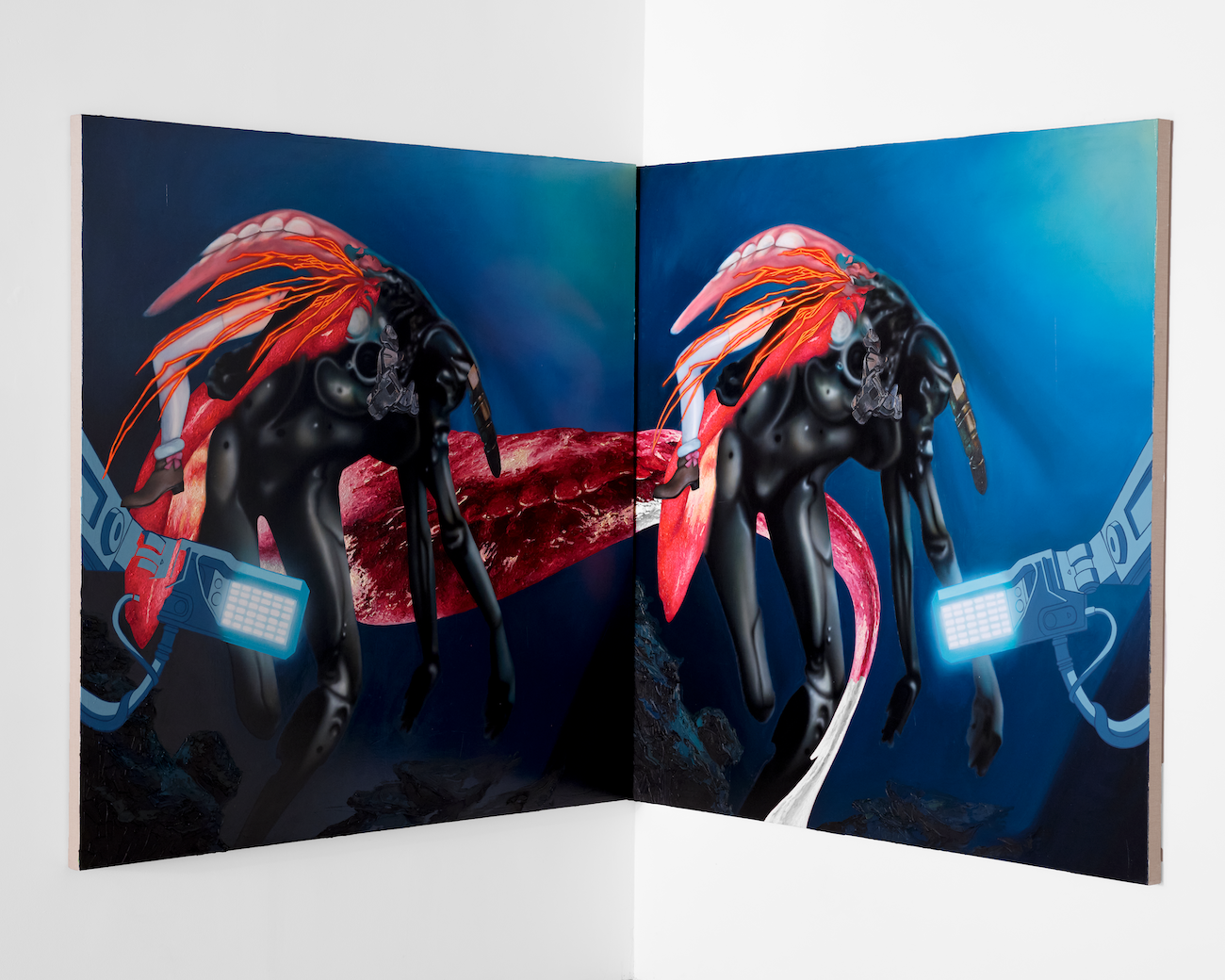
In their richly detailed paintings, Homstad examines the construction of stereoscopic vision, also referred to as technological double vision, used in virtual reality headsets, including DIY versions. In this process, an illusion of depth is created by duplicating an image with slight changes in perspective, in which each eye is shown its own screen, a strategy responding to the difference in distance between the eyes. Tucked side by side in the corner of the gallery, Homstad’s paintings Construction-06 and Construction-06+1.0 (both 2025) each feature a virtually identical deep-sea diver surrounded by a vivid, voluptuous wine colored tentacle that wraps around and through both canvases and divers. Upon a brief glance, the figure appears to be human, but with a considered look, their hybridized surreal form asserts itself—a back fin wing made of teeth bearing down into fleshy gums materializes, a thigh high and ankle boot clad leg hangs down as a separate fin wing, and a long drill bit protrudes from their head, appearing human, fly-like, mechanical, and alien simultaneously. Homstad’s incorporation of oil, acrylic, Flashe, and mica powder results in a graphic tour de force of layer on layer, complicating the notions of flatness and surface within the works and technology itself. Hung slightly lower than traditional height and coupled with the double image wrapping around the corner, the works surround the viewer, intensifying a feeling of submersion akin to the technological sublime while the static double imagery with slight variations allude to a potential glitch in the matrix.
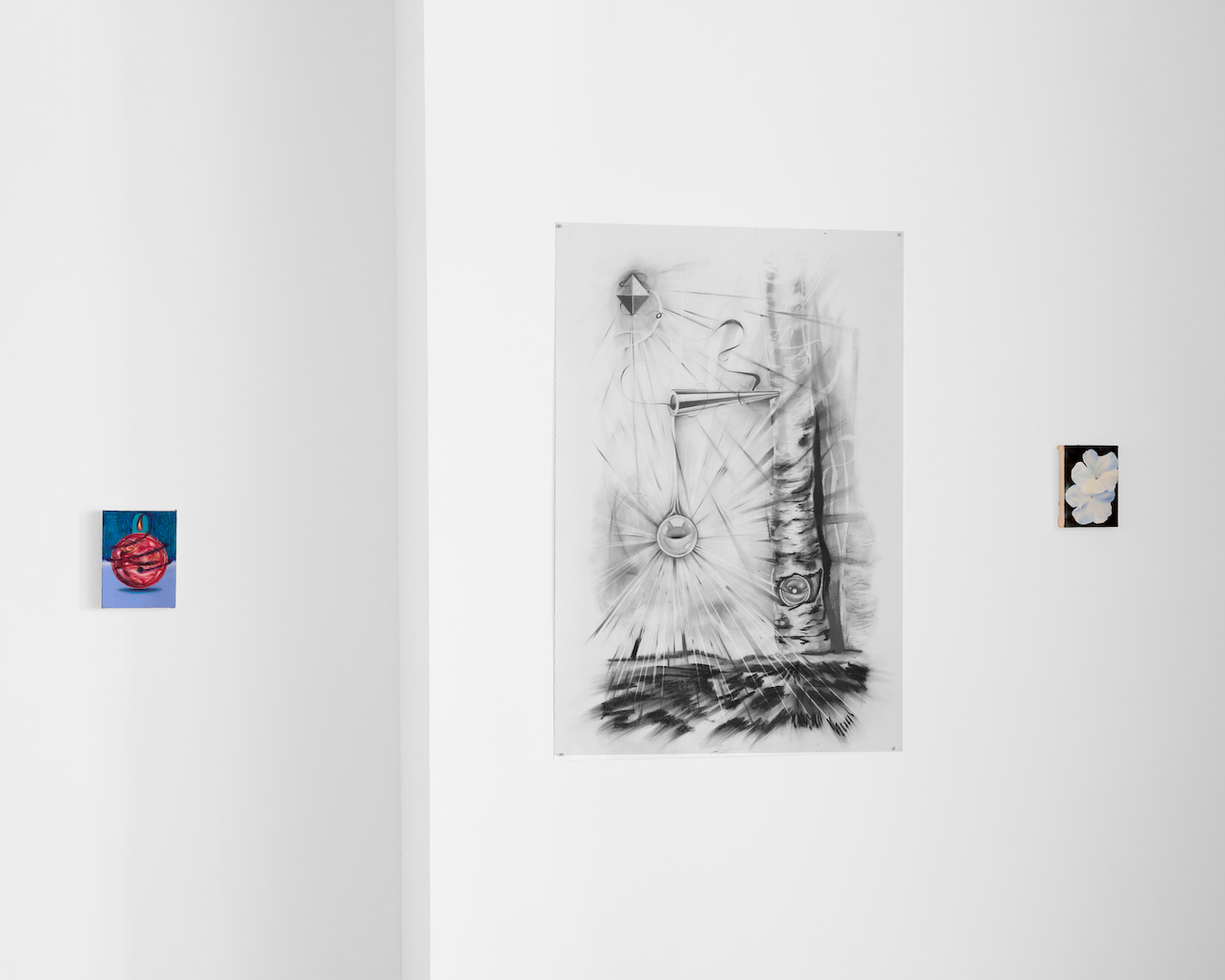
In terms of analog practices on two-dimensional surfaces, charcoal drawings transcend thousands of years—a reevaluation has found the earliest known cave-paintings in Dordogne to be from the Paleolithic era, not the later Magdalenian period—as one of the oldest ways of making art. Venturini channels the timeless force of this practice in the romantic, refulgent drawing The Creator (2025). In this haunting and enigmatic work, a large pearl bursts from the page as beams of light emanate from it. To the right of the pearl stands a tree trunk-like form encasing another pearl. Both pearls, exquisitely rendered, also resemble floating eyes. Prismatic geometric shapes above—a diamond in the top left corner and a horizontal conic shape piercing the trunk—direct the surreal, smoky picture filled with strong, energetic marks and visceral white strokes where an eraser has carved through the charcoal.
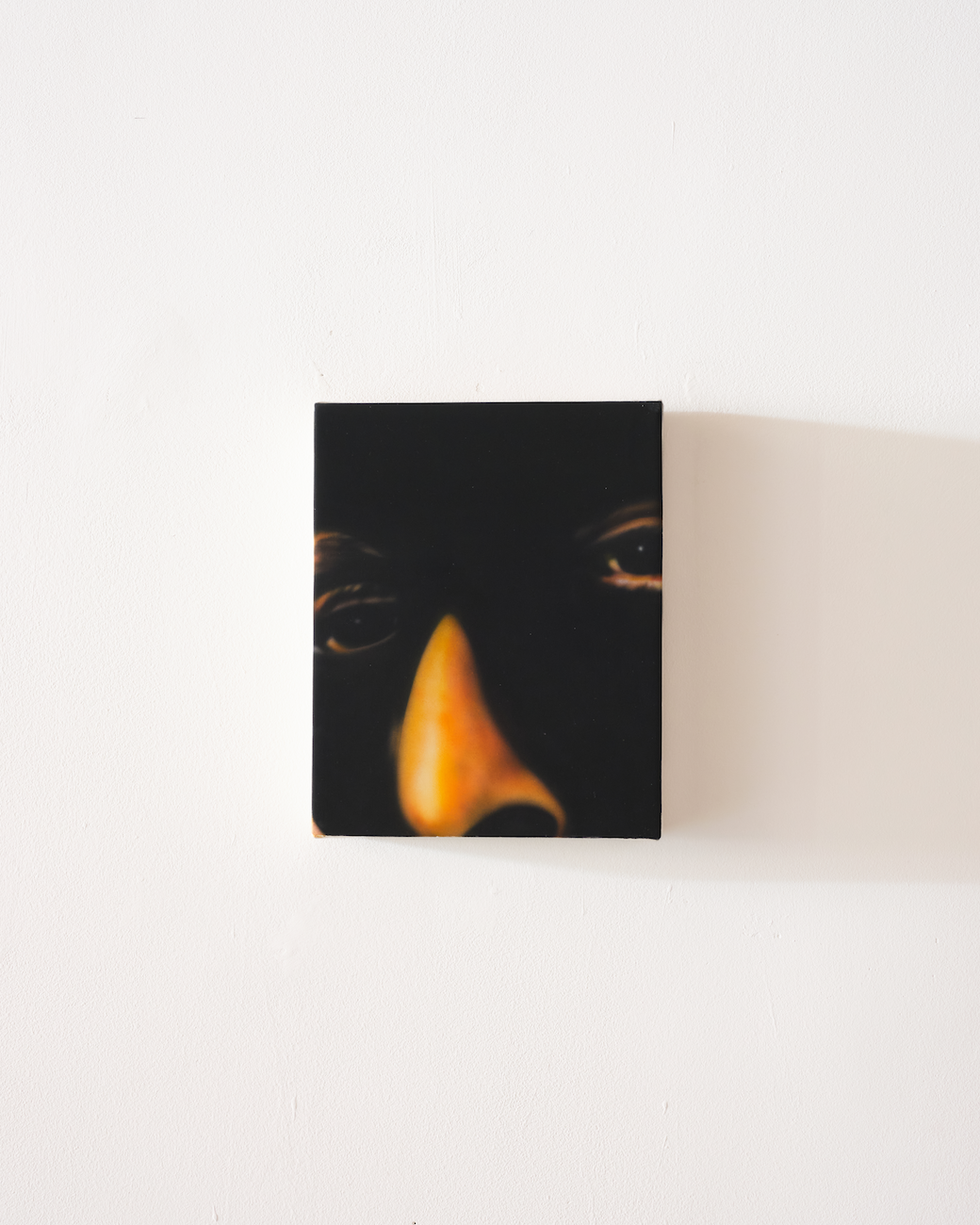
Countering Venturini’s warm, vital, mystical drawings and paintings, Jupin’s uncanny and ominous small-format canvases mix elements of visual pleasure with unsettling tones of horror. Applying acrylic and Flashe through spray painting, the artist disperses the paint in a blurry, radial mist, imbuing the work with a dreamy softness—nightmares are dreams too. In Wherefore Art Thou Romeo? (Slipping sleeping steeping) (2023), a tightly cropped pair of eyes, paired with the bridge of a nose bathed in shadow and golden highlights, follows the viewer with an intimate yet foreboding gaze throughout the gallery.

The small scale of Jupin’s works on view elicits close looking, coercing a close proximity that creates a direct encounter between the viewer and individual paintings, pulling them not only toward the canvas but into the psyche that each portrait evokes. Jupin’s imagery includes a shadowy, wispy spiderweb tightly cropped into the center of the web and several portraits of different flowers, each featuring a white, black, and green palette. Undulating uncomfortably between familiar and creepy, the delicate white flowers against black backgrounds oscillate between precious and eerie, perhaps a morbid prelude to a nightmare yet to unfold. Installed next to and below the dark stare of Hello Nasty (2024), the hairless, disembodied head lying on its side in Grin (2025) cements an absurd dread as it hangs very close to the ground.
An Electric Dream pointedly includes at least one small-format work from each artist, mimicking the size ratio of the electronic devices that we have become most familiar with in our prosaic lives. Millions of tiny, black screens reflecting our own individual and collective portrait, presenting a reminder that sometimes the most horrific, fantastic, and surreal is found closest to and within us, encased within these devices negotiating the ambiguous, liminal space between ever-fluctuating notions of fact, fiction, self, object, illusion, and reality.
An Electric Dream, featuring works by Jordan Homstad, Aaron Elvis Jupin, and Giancarlo Venturini is on view at Zepster Gallery, 220 Bogart St, Brooklyn, NY 11206, through August 31, 2025.
You Might Also Like
Vilte Fuller Brings Grit, Glam, and Horror to Life at Polina Berlin Gallery
A Danish Curator Approaches Spirituality Through Industry at RAINRAIN
What's Your Reaction?
A.E. Chapman is an independent curator, writer, teaching artist, and facilitator based in New York City. In addition to her curatorial and writing pursuits, Chapman works with Access and Community Programs at the Museum of Modern Art.

